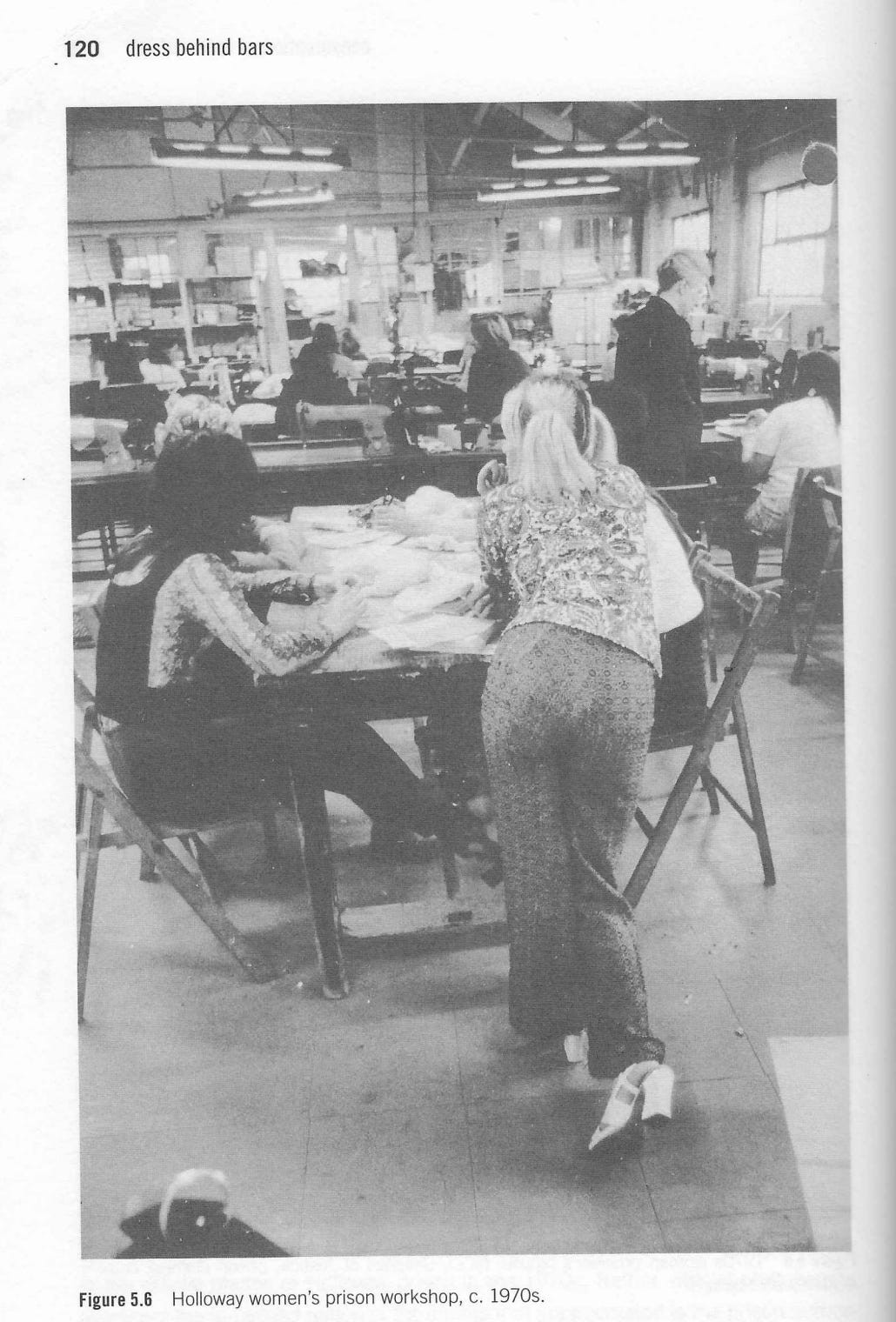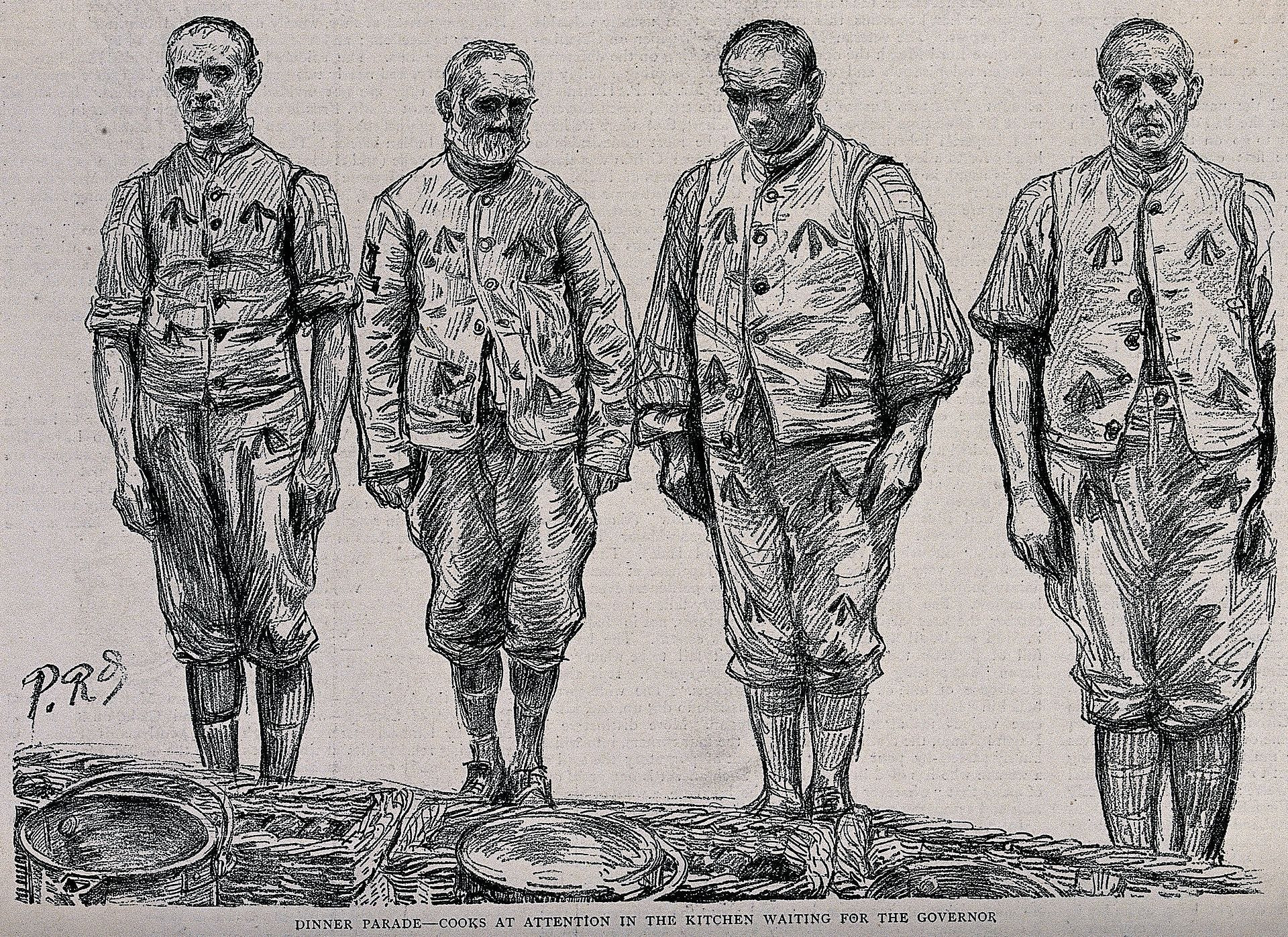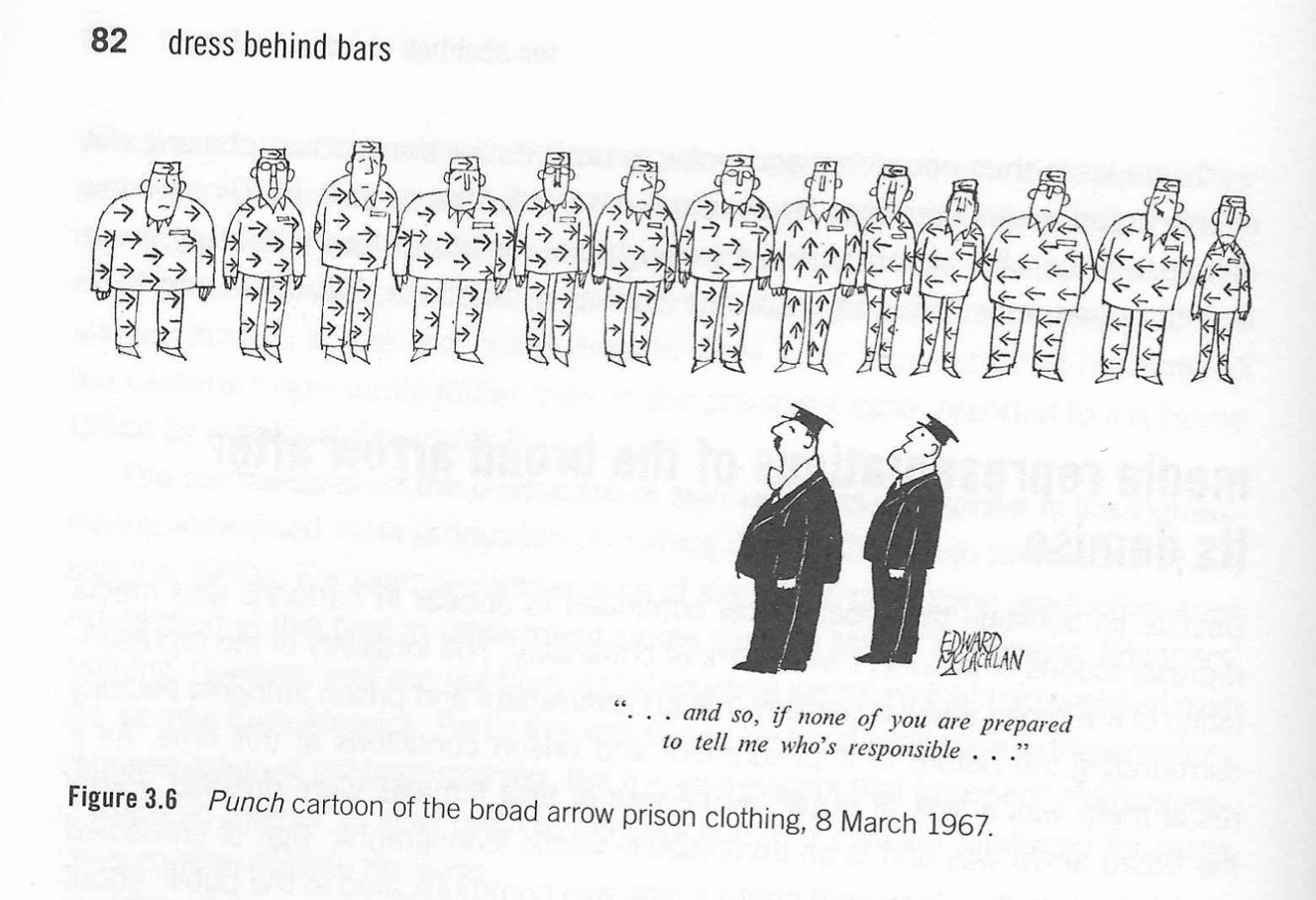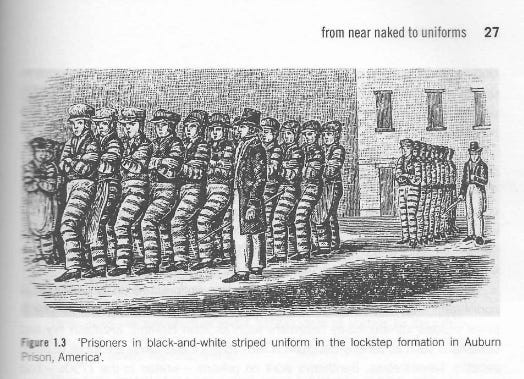Prison Uniforms are a common image in our minds when we think about incarceration. They seem like an obvious, practical element of prison life. But what if that seemingly standard feature isn’t so standard after all? Surprisingly, the concept of prison uniforms is not universal, and its history is more nuanced than you might expect.
It turns out, many penal systems around the world, and even within the United States, have operated, and some continue to operate, without requiring inmates to wear designated uniforms. Norway, for instance, is a contemporary example of a nation that foregoes prison uniforms. Delving into history, England in the 1970s also did not mandate uniforms for its prisoners. Perhaps most surprisingly, neither did San Quentin, a notorious American prison, at one point in its history. This revelation challenges the common perception of prison uniforms as an inherent aspect of incarceration, prompting us to examine their origins and purpose.
 My view during the recording with Earlonne and Nigel
My view during the recording with Earlonne and Nigel
Early forms of prison uniforms in England offer a glimpse into the historical motivations behind their adoption. These uniforms were not designed for practicality or anonymity in the way we might perceive modern uniforms. Instead, they were often marked with distinctive symbols, such as the broad arrow. This symbol, prominently displayed on the garments, served as a clear indicator of the wearer’s status as a prisoner.
 A British prison with no uniforms!
A British prison with no uniforms!
The broad arrow wasn’t confined to clothing; it was also used to brand convicts, particularly in penal colonies. Historical etchings depict individuals bearing the broad arrow mark directly on their bodies. This practice underscores the symbolic nature of early prison uniforms and markings – they were tools for public shaming and social control, visually distinguishing the incarcerated and reinforcing their marginalized status.
 The broad arrow also used in penal colonies
The broad arrow also used in penal colonies
Moving to Australian convict uniforms of the 1830s, we see another facet of this punitive design. While some might find these historical uniforms “cool” by today’s aesthetic standards, their original intent was far from fashionable. These uniforms were deliberately designed to be clownish and embarrassing. The humiliation of wearing such clothing was explicitly intended as part of the punishment. Prisoners were made to be figures of ridicule, their clothing serving as a constant reminder of their societal fall from grace.
 Australian convict uniforms as clownish punishment
Australian convict uniforms as clownish punishment
This concept of shame and ridicule extends to the black and white striped uniforms that became iconic in the United States. The visually striking, and arguably absurd, nature of these stripes was not accidental. Similar to the clownish Australian uniforms, the black and white stripes were designed, in part, to make prisoners look silly and to further stigmatize them within society.
 US black and white striped prison uniforms
US black and white striped prison uniforms
In conclusion, the history of prison uniforms reveals a trajectory far more complex than simple practicality. From the broad arrow of early England to the black and white stripes of America and the intentionally embarrassing attire of Australian convicts, prison uniforms have often served as tools of social control, public shaming, and punitive humiliation, rather than merely functional garments. The fact that many prison systems have, and do, operate without them underscores that the seemingly standard prison uniform is a culturally and historically contingent phenomenon, worthy of deeper consideration.

